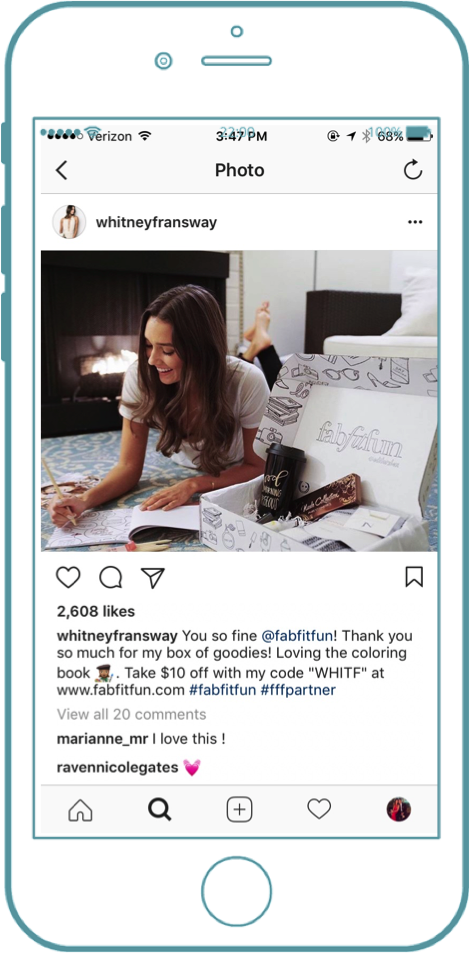Editor’s Note: This post was originally published in 2013 and has been completely revamped and updated to ensure accuracy with the latest mobile marketing landscape.
Currently there are over 4.3 million apps in the App Store and over 2.9 million in Google Play Store. These numbers are pretty staggering and are increasing daily. So, if you’re sitting around thinking app users will magically migrate to your app, think again. Competition is fierce. That’s why we highly recommend having an app user acquisition strategy in place prior to launch and to treat it as you would any traditional product launch.
If you haven’t done that, fear not. We’ve been in the mobile app marketing game long enough to know what works in terms of app promotion. Below are the 8 most effective ways to promote your app:
We know the mobile app marketing world inside out, so we know what works in terms of app promotion, and perhaps more importantly, what doesn’t. In this blog, we’ll explore the 8 most effective ways to promote your app to help you maximize your downloads:
1) Website
You need an online presence for your app. Why? Legitimacy. People want to know your app is the real-deal, and that you’re truly invested in it as a business.
For enterprise brands, your app needs to be prominently featured across your site, not an afterthought or a small logo on the footer. Instead, it should have a presence throughout, wherever it makes sense to. A good example of a brand doing this well is SweetGreen:
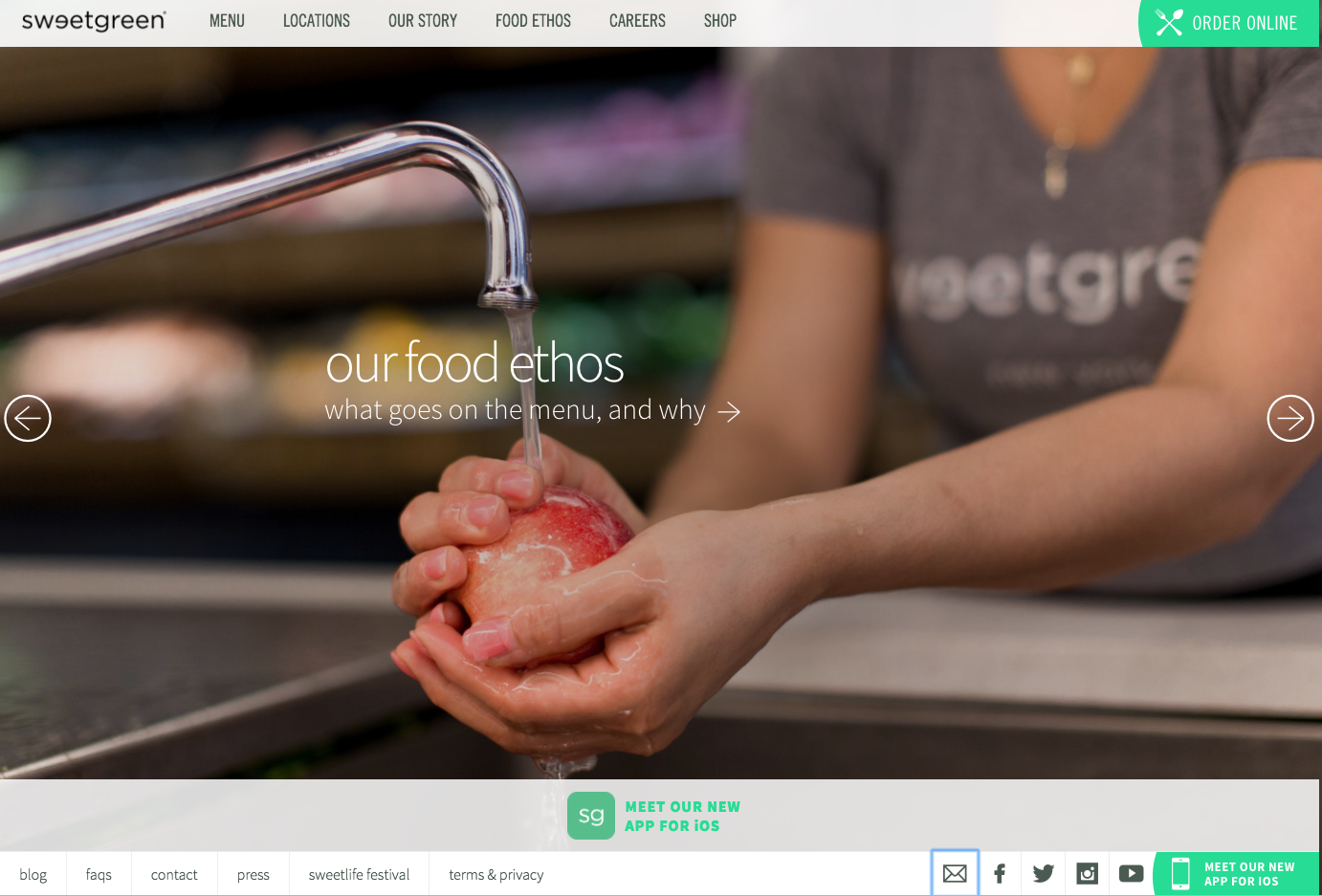
2) Social Media
Social media is a must for app promotion. There are two ways to connect with your audience via social- paid and organic. Below is a quick breakdown of both:
- ORGANIC – Organic promotion on social media comes in the simple form of having a presence; e.g. a Facebook page, and Twitter and Instagram profiles. Create accounts and start following people within your target audience and industry. Don’t spam your audience by being overly promotional, instead try to connect with your audience in a meaningful way by posting about the things they care about and joining in on the conversation. For example, GrubHub’s Instagram account is full of vibrant, mouth-watering culinary photos their foodie audience devours:
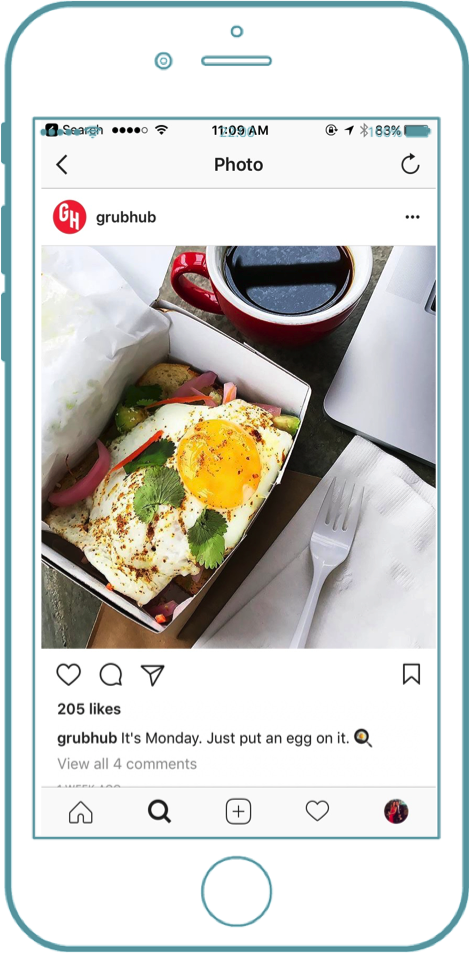
- PAID – According to a 2016 report by Kenshoo, mobile app ad click-through rates (CTRs) went up 32% YoY, while the inverse happened to CPC (cost per click), which decreased by 33%. Putting some money behind your app promotion will boost your discoverability and get more people flocking to your app. Because of their broad audiences and ability to segment, Facebook and Instagram are very effective advertisement platforms for mobile apps. And since Facebook owns Instagram, they make it incredibly easy to places app install ads on both.

How do you build powerful Instagram & Facebook ads? Lucky for you, we have 2 great blogs that break it down for you. Instagram? Here. Facebook? Here.
How do you build powerful Instagram & Facebook ads? Lucky for you, we have two blogs that break it down for you. Instagram? Here. Facebook? Here.
3) Public Relations
They say there’s no such thing as bad press unless of course your press is non-existent. Media and influencer mentions go a long way in terms of creating buzz and credibility. There are many ways to go about doing this, but below are just a few to consider:
- Press release
- Host a launch party and invite the local media and tech influencers
- Interviews with local newspapers and tech bloggers
- Guest blogging
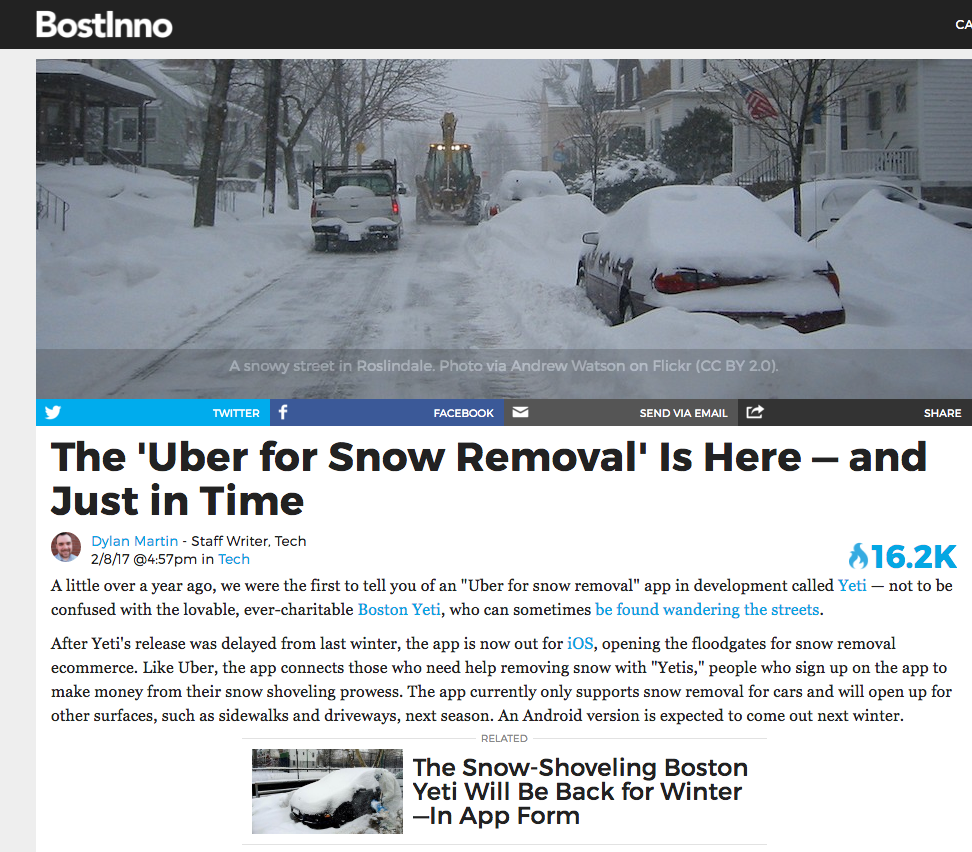
4) App Store Optimization (ASO)
App Store optimization, or ASO, is the SEO of the mobile app world. It’s imperative for discoverability in an oversaturated market. If you’re wanting to accomplish solid ASO, pay attention to the following:
- Your App name – Is it unique? Is it easy for your audience to find?
- Keywords – Include relevant keywords but be careful not to ‘keyword stuff’. Yes, you want to be found but you also want to sound natural.
- Description – Does your description clearly articulate your app’s value and is it frequently updated with app update descriptions and release notes?
- Screenshots/video – Do you have 4-5 feature screenshots or a video tutorial outlining core app highlights? Remember, app screenshots are the first impression the viewer will get of your app so make sure they are professional, easy to understand, and showcase your app’s primary function and purpose.
- Ratings – Do you have positive app ratings? If not, make an effort to collect positive reviews from your existing users as this will likely improve your app’s credibility and increase downloads.
5) Search Ads
As part of its iOS 10 launch, Apple introduced Search Ads, which is paid advertisement within the App Store. In a nutshell, you’re able to bid for relevant keywords so that when a user is searching for apps using a particular term, your app appears first.
If you haven’t tried this yet, what are you waiting for? The average conversion rate for Apple Search Ads’ is 50%, proving the potential impact they can have on your app performance.
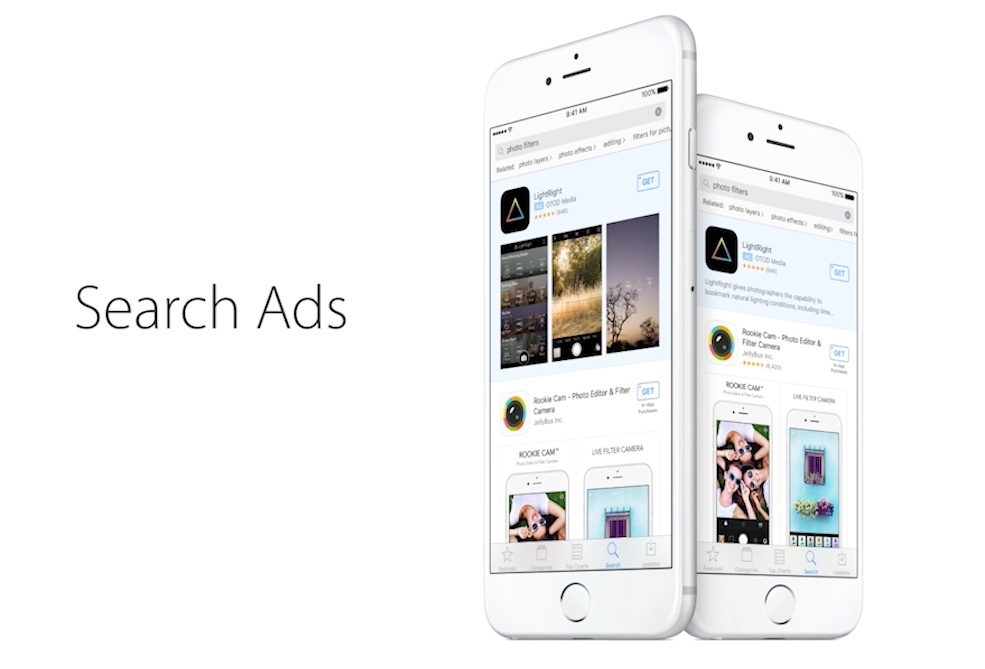
6) Influencer/Celebrity endorsements
If the Kardashians have taught us anything, it’s the power of a celebrity endorsement. While odds are you don’t have a few hundred thousand dollars sat around to pay an A-list celebrity to promote your app, there are plenty of opportunities here on a smaller scale.
Do you have any connections in the tech world or within your respected industry that you can reach out to? Are there any location or industry-specific influencers you can connect with? Having them promote your app via their social channels and blog is a sure-fire way to attract users to your app.
A word of advice – make sure the influencer aligns with your app’s target audience, or you risk paying for an influx of new app users who will undoubtedly churn.
Where do you start your influencer search? Apptamin breaks down how to find them here.
7) Traditional Advertising/In-Store
Treat your app like a traditional product launch. How do would you promote it? It’s not uncommon to see app ads on TV or while streaming content online
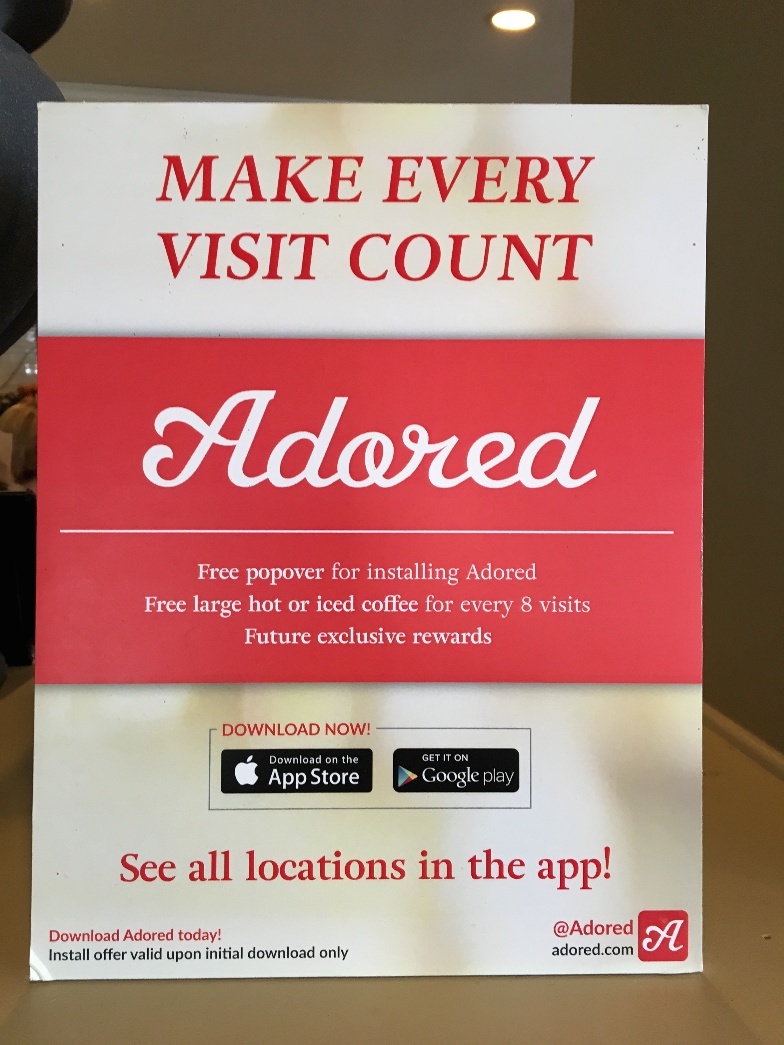
If you are a retail brand with a physical location, it’s vital that you advertise your app throughout your store. Consider running a promotion to get users to download it. Shake Shack offered customers a free burger for downloading their app. The campaign was so successful, it gained national attention:
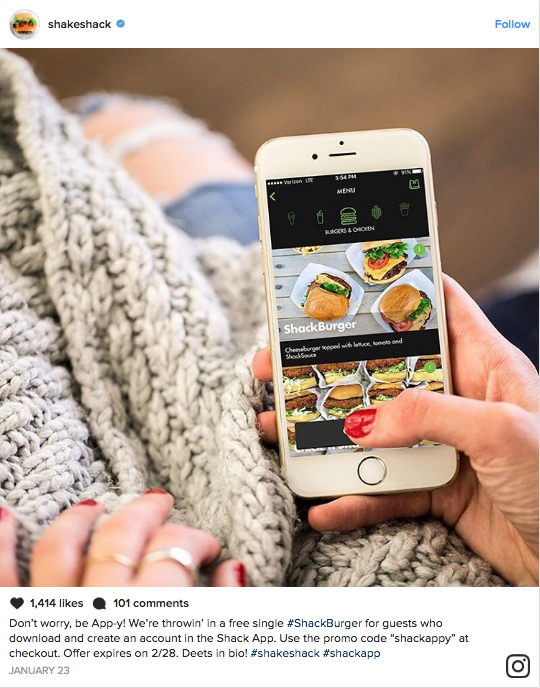
8) Word of mouth/buzzworthy
Last but certainly not least. Make sure your app doesn’t suck. Seriously. Word of mouth is still worth its weight in gold. So, if you build an app, it needs to be good. Competition is fierce, and app users are spoiled for choice when it comes to world-class apps. That’s why before you invest in obtaining app users, you should invest in a mobile marketing platform, or mobile app marketing software as they are often known, that gives you the insights necessary to engage and retain your users and predict your risk of churn.
“If you build it, they will come” doesn’t work for the app world. Users expect a highly personalized app experience, and if you want to keep users around and realize their true lifetime value, your mobile app marketing better be on point.
Final Thoughts
As you can see, the sky is the limit in terms of app promotion. Treat it like any traditional product launch and spend time putting together a solid app user acquisition strategy. Remember that the quality of users you attract to your app is more important than the quantity, so make sure that you understand your target audience, and craft your advertisements accordingly.
Want to get the most out of your mobile app? Book a demo request with a member of our team today for a deep dive in Upland Localytics’ unique mobile app marketing software.

